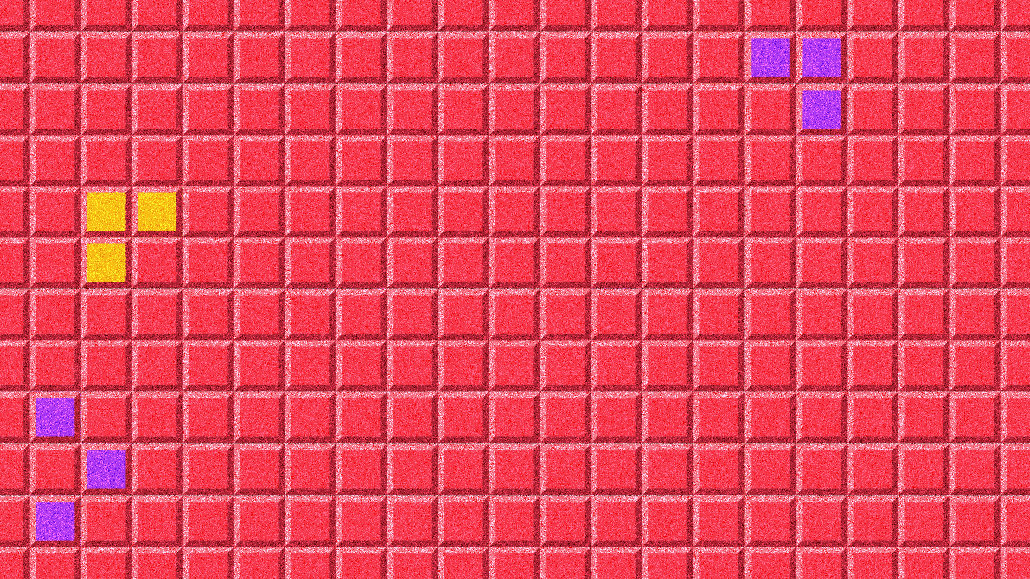Connect with execs from The New York Times, TIME, Dotdash Meredith and many more

In 2023, gamers are shifting their attention from premium titles to free-to-play and live-service games — and game developers are reacting accordingly.
The much-anticipated recession might not have come to fruition as once predicted, but there’s no doubt that fears of economic headwinds have curbed gamers’ spending habits over the past year. As the costs of premium titles balloon, the typical video game consumer is spending more time playing free games or simply watching livestreamers play instead, making it imperative for game developers to experiment with newer forms of monetization, including in-app purchases and in-game ads.
To learn how game developers are adapting to the shift to free-to-play, Digiday worked with the market research company NewtonX, which focuses its research on individuals working in industries such as game design, to poll 50 professional game developers in the United States about their thoughts on gamers’ rapidly changing spending habits.
Digiday worked with NewtonX to curate a list of targeted questions and data points, which NewtonX shared with its network of game developers to gauge their response. Here’s what the game developers had to say.
The majority of game developers now rely on the free-to-play model
60 percent of game developers polled by NewtonX said that free-to-play was their most significant revenue model. The other three models listed above — digital distribution, subscription and retail purchase — all represent different forms of direct-purchase monetization, the previous dominant revenue model for game developers. But the number of game developers relying on free-to-play dwarfs even the combined total of these other models, showing just how dominant free-to-play games have become in recent years.
Developers’ investment in free-to-play is increasing
A combined 72 percent of polled game developers told NewtonX that they anticipated they would put more resources into developing free-to-play games over the next year, whereas only 10 percent anticipated a decrease in investment in this area. These figures reflect the growing costs of developing premium, so-called “AAA” games. Only a few years ago, top-level video games cost between $50 million and $150 million to produce; nowadays, the production costs of such titles can sometimes stretch into the billions. Instead of putting all their eggs in such an expensive basket, some game developers are prioritizing the production of casual or hypercasual games, which can be released to gamers en masse until one happens to catch on, with minimal development costs throughout the process.
In-app purchases generate the most revenue — by far
Game developers ranked in-app purchases as the most lucrative monetization stream for free-to-play games by a significant margin, with 48 percent of respondents saying in-app purchases generated the most revenue for their companies. Cosmetic microtransactions, battle passes and digital currency — all essentially more specific forms of in-game purchasing — ranked second through fourth. Despite the hype around in-game ads over the past year, this form of monetization came in a relatively distant fifth place, demonstrating why in-game ad networks might need to beef up their premium inventory if they want to truly compete with in-game purchases as a form of free-to-play monetization.
Over 50 percent of developers’ free-to-play titles are RPG or puzzle games
The dominance of role-playing games (RPGs) and puzzle games in the free-to-play category is no surprise. These genres inherently contain many decision points that make useful fodder for in-game purchase opportunities, as shown by the success of popular puzzle games such as “Candy Crush.”
“RPGs are suitable because they have character progression and customization. They have in-app purchases for items, cosmetics or convenience,” said one of NewtonX’s anonymous game developer respondents. “Puzzle games also lend themselves to free-to-play — players can pay for clues to progress faster.”
More in Marketing

In Graphic Detail: Inside the state of the creator economy industrial complex
The creator economy might have started out as an alternative to traditional media, but is becoming more and more like it as it professionalizes.

Shopify has quietly set boundaries for ‘buy-for-me’ AI bots on merchant sites
The change comes at a time when major retailers like Amazon and Walmart are leaning into agentic AI.

WTF is ‘Google Zero’?
The era of “Google Zero” — industry shorthand for a world where Google keeps users inside its own walls — is here.








